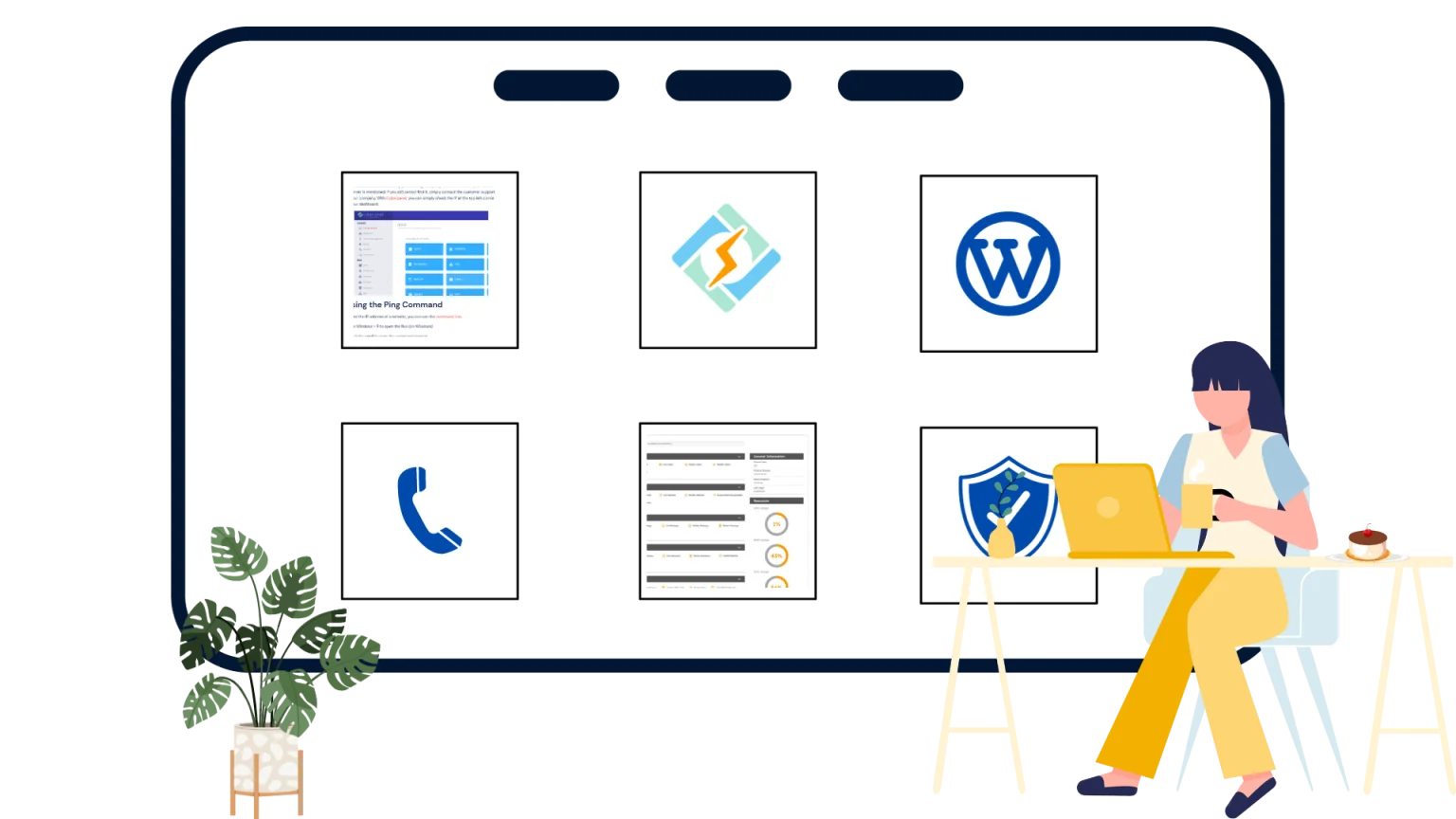While most workflow automation tools are closed-sourced, not beginner-friendly, code-heavy, or pricey at scale, N8N is the opposite. That’s why many businesses are switching from tools like Make and Zapier to N8N, especially to optimize cost as they scale automations. And, how do they achieve this?
They build their own N8N workflow MCP servers. Hosting N8N on private servers gives the businesses full control over data flow and security. They can also build unlimited workflows and extend functionality through community or custom plugins.
Curious about self-hosting N8N and enjoying the aforementioned benefits and more? Here’s how:
Building Your Own N8N Workflows MCP Server
There are two approaches to building your ow N8N MCP Server to connect to another MCP server that grabs data from the web, to sync data between apps, or even trigger an Email list creation workflow.
The first option is installing N8N through npm (Node.js). It is manual and involves several steps. Also, you have to deal with npm errors, navigating Node.js versions, and more. That’s why we are going to focus on the second option which is using Docker to install N8N on a private server. This is how it is done:
1. Get a server
To build your own N8N workflows MCP server, you must first lease a Virtual Private Server (VPS). Nonetheless, if you just want to experiment, you can also run the whole setup on a laptop or a virtualization tool like VirtualBox.
Get exclusive access to all things tech-savvy, and be the first to receive
the latest updates directly in your inbox.
If you opt for a VPS, start based on your needs. Even the lowest VPS packages can run N8N, handling small to medium workloads.
You should also consider the server’s operating system. Ideally, Linux offers better performance because it is stable, lightweight, and optimized for Docker deployment.
If you do decide to install a server on your laptop or virtual system, opt for a Linux server too.
Despite your preference, you’ll need to be connected to the internet to take full advantage of N8N’s capabilities. That’s why many prefer a VPS because it runs 24/7, making it accessible from anywhere. Getting a VPS also enhances security because the server provider manages server security.
2. Install Docker
Rather than running N8N directly on the server, we run it on Docker because it allows us to run software in containers. A container is like another type of virtual machine that includes everything an app like 8N8 needs to run without interrupting other software within the server.
So, run your server and ensure the packages are up to date. Then, install the required dependencies and add Docker’s official GPG key. This ensures that the server sources Docker from a trusted source.
Next, set up the docker repository and initiate the download and install. Once that’s done, update the package list again.
To confirm that Docker is working, run this terminal command:
sudo docker run hello-world
If the command yields a success message, you are good to go. Else, you have to troubleshoot the setup. Remember, successful Docker install comes with the CLI tools and Docker Compose plugin included.

So, you should also check whether Docker Compose has been installed. Use the command:
docker compose version
This command should display the version number, indicating that the install was successful.
3. Create a project folder
After downloading and installing Docker and Docker compose, create a separate project folder within your server. This is not a Docker requirement. We do this to have a clean and organized setup.
This folder is like an N8N control center, hosting configuration files and other folders. For instance, you can store the docker configuration and environment files, keep data folders, and other back up folders within this folder.
A project folder also makes it easier to restore your N8N setup in case you unintentionally delete a Docker container. Docker’s containers are mostly temporary. It is only by properly mapping your configuration files and data folders within the project folder that your N8N data becomes persistent.
Moreover, this folder simplifies debugging and updates. If you want to upgrade N8N, change some settings, troubleshoot some errors, you know what file or folder to touch. Everything Docker needs to build, run, and maintain your N8N setup goes to this folder.
4. Add configuration files and relevant folders to the project folder
Once the project folder is in place, add the primary configuration files that tell Docker how to run N8N. These are the Docker Compose configuration and environment file.
The Docker Compose configuration file tells Docker which N8N image to download, what ports to expose so that you can access N8N from a browser, where to store persistent data, and where to fetch the environment variables from.
The environment file is where you define sensitive settings like N8N credentials, server domain, and more. Avoid adding such sensitive details to the Docker Compose config file for security purposes.
5. Install and launch N8N with Docker Compose
Now that you’ve provided Docker compose with the correct settings, run this command:
docker-compose up -d
With this single command, Docker would navigate to the official N8N image, download the image and create a container to house the image. Then, it configures N8N based on the instructions within the pre-defined configuration file.
Simply put, the docker-compose part of the command tells Docker to look through your Docker Compose config file. Then, the up part tells Docker to run the service defined within the configuration file, which is N8N in this case. Lastly, the d part tells Docker to run the whole setup in the background.
That’s how you end up with a live N8N application running on a VPS or your local machine. You can open N8N on your browser, log in, and begin building workflows.
Remember, it is crucial to ensure that your setup stores the N8N data in a separate folder within the project server. This way, your data or workflows stay intact even if a container crushes or you reboot your server.
Closing Words
Even though there are multiple automation tools out there, N8N has especially stood out for being open-source. This means, even businesses with strict compliance needs can use N8N with little to no worry.
You get access to its powerful workflow capabilities right from a VPS or your local machine. How? We’ve covered it all in this blog post. Not forgetting, in case you get stuck setting up your own N8N workflows server, reach out to its supportive and active developer community. The project is updated with user-requested features from time to time.


